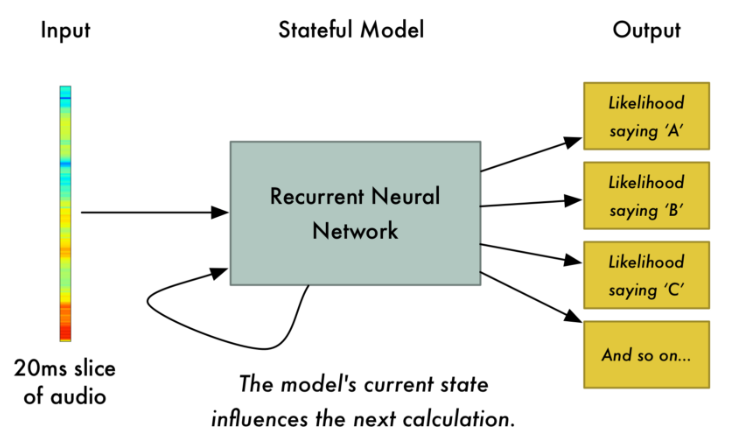Neural network modeling: Difference between revisions
Mr. MacKenty (talk | contribs) |
Mr. MacKenty (talk | contribs) |
||
| Line 15: | Line 15: | ||
Optical character recognition...is the mechanical or electronic conversion of images of typed, handwritten or printed text into machine-encoded text.<ref>https://en.wikipedia.org/wiki/Optical_character_recognition</ref> | Optical character recognition...is the mechanical or electronic conversion of images of typed, handwritten or printed text into machine-encoded text.<ref>https://en.wikipedia.org/wiki/Optical_character_recognition</ref> | ||
* [[:media:Optical Character Recognition using Artificial Ne.pdf This file is a pdf of a presentation on neural networks and OCR]] | * [[:media:Optical Character Recognition using Artificial Ne.pdf|This file is a pdf of a presentation on neural networks and OCR]] | ||
Revision as of 19:27, 7 February 2019

HL content: Modeling & Simulation[1]
Introduction[edit]
Examples include:
speech recognition[edit]
- Click here for a REALLY bad video trying to describe this.
- Click here for a more advanced video on this
Optical character recognition[edit]
Optical character recognition...is the mechanical or electronic conversion of images of typed, handwritten or printed text into machine-encoded text.[2]
Natural language processing[edit]
Natural language processing (NLP) is a subfield of computer science, information engineering, and artificial intelligence concerned with the interactions between computers and human (natural) languages, in particular how to program computers to process and analyze large amounts of natural language data.[3]
very helpful resources[edit]
Standards[edit]
- Compare applications that use neural network modelling.
